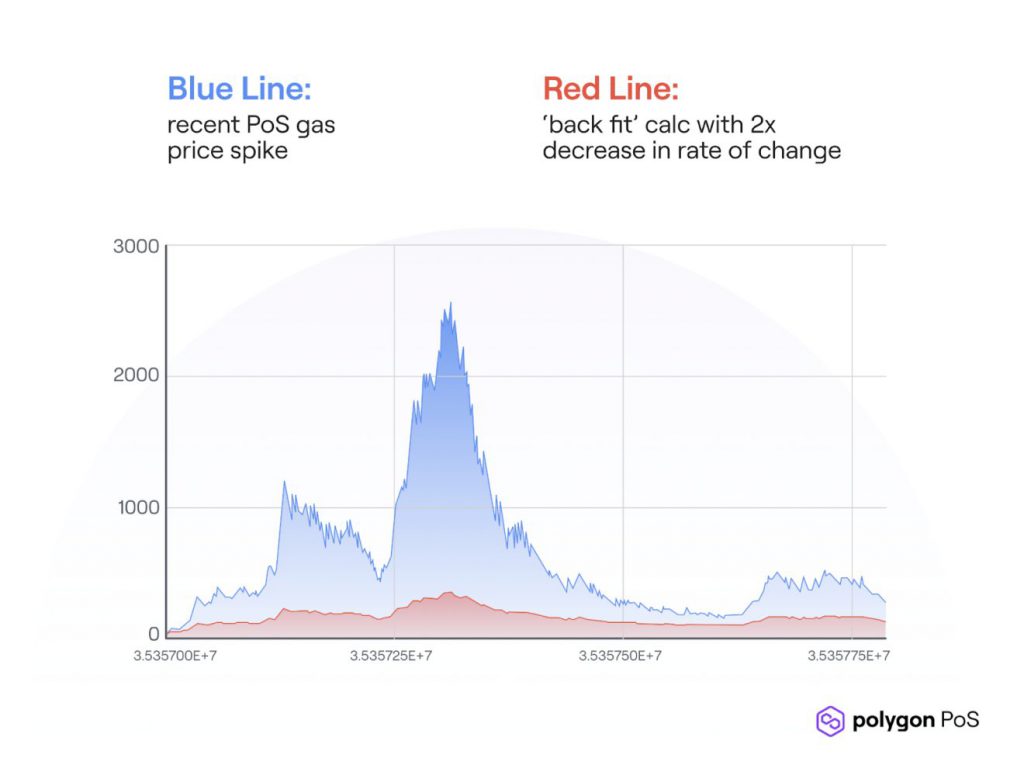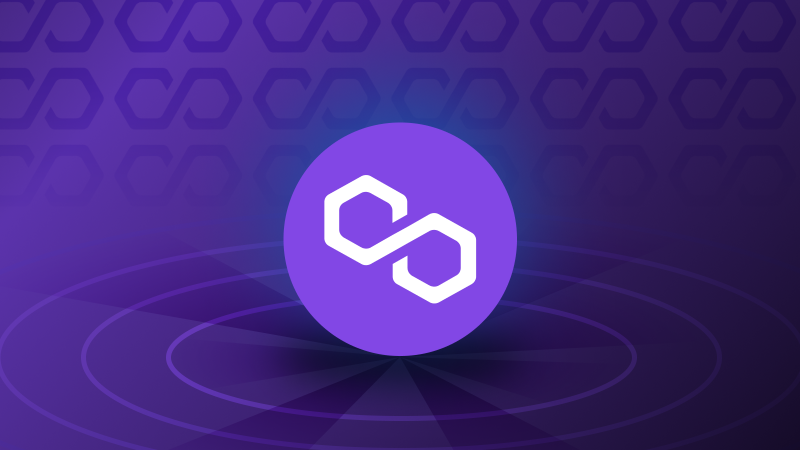The Polygon [MATIC] network has been garnering immense momentum. With an increased number of partnerships from prominent tech firms across the globe, the network has been on an upward trajectory. Amidst this, Polygon is all set to undergo a major upgrade later this week.
In December 2022, discussions about Polygon’s hard fork caused a commotion in the ecosystem. However, the network seems to be going ahead with the hard fork scheduled on January 17. This hard fork will primarily focus on reducing gas fees and reorganizing the chain.
Most Ethereum [ETH] projects are introduced to address the shortcomings of the network. Polygon, for instance, was rolled out as a scaling project. Despite this, this proof-of-stake network witnesses lags during traffic spikes. Therefore, the imminent hard fork is expected to resolve these issues.
Polygon and its hard fork
The change that the hard fork will bring out in the network is the adjustment to gas fees. The BaseFeeChangeDenominator will increase from 8 to 16 in order to keep the gas fees in check during increased activity.


According to the network, a surge in the above-mentioned denominator is expected to flatten the growth curve. Elaborating on the same, the network wrote,
“These results were backtested against historical Polygon PoS mainnet data. The expectation is that the rate of change for the base gas fee will fall to 6.25% [100/16] from the current 12.5% [100/8] in an effort to smooth severe fluctuations in gas prices.”
However, gas prices are bound to rise during periods of high demand. Yet, they will be more at par with current Ethereum gas dynamics. The objective is to eliminate spikes and provide a more continuous interaction with the chain.
Here’s how chain reorganizations will take place
The sprint length or the number of blocks produced by the validator adjacently on the Bor chain will play a vital role. Here, the sprint length will drop from 64 to 16 blocks. This improvement reduces the length to 16 blocks, which implies a single block producer will be able to generate blocks continuously for 32 seconds as opposed to 128 seconds as of now.
The depth of reorgs will be reduced by doing this and the transaction finality will eventually improve. While this will bring out several changes to the network, the community awaits to see its impact on the price of MATIC.





